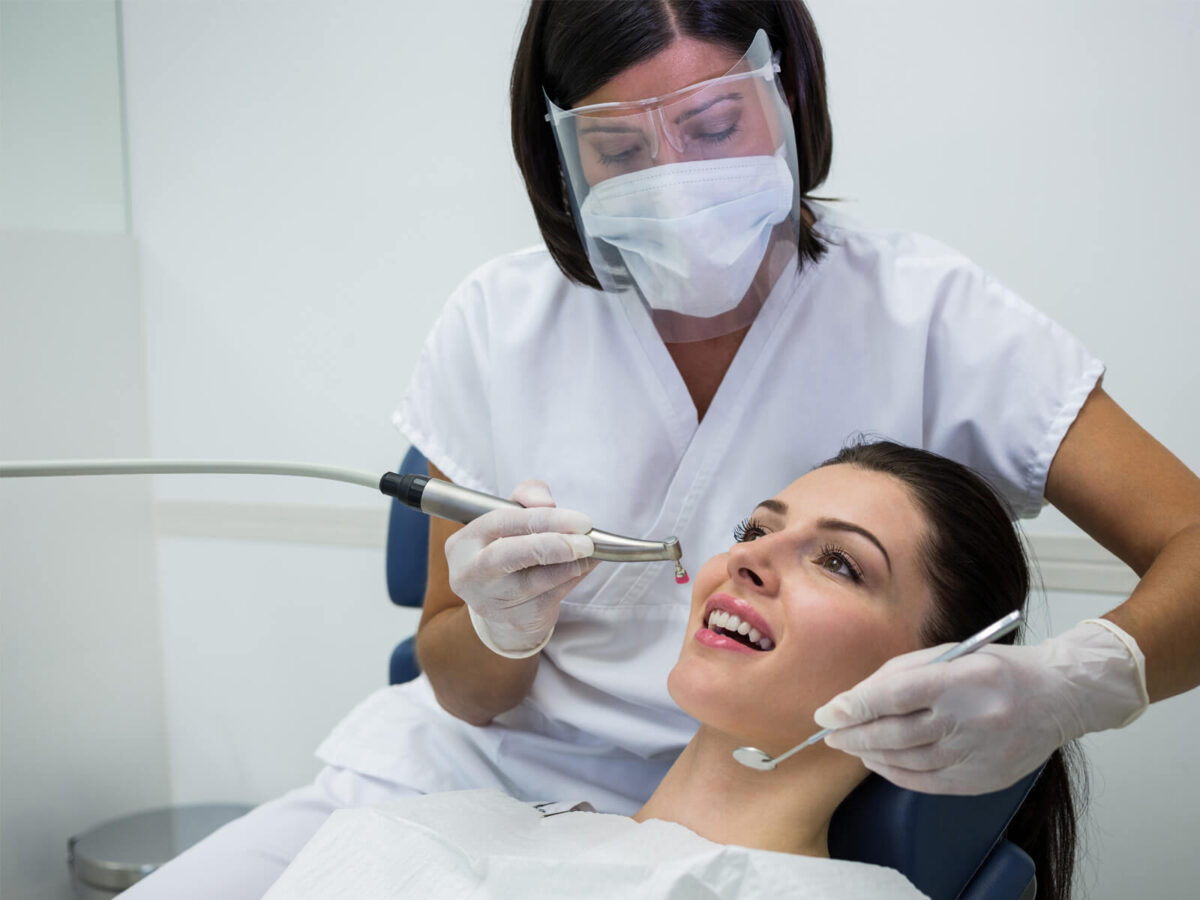Dental anxiety is a common barrier that keeps many people from receiving necessary dental care. Sedation dentistry offers a solution by providing patients with a comfortable and stress-free experience.
If you’ve been avoiding dental visits due to anxiety or fear, recognizing the signs that you’re a suitable candidate for sedation dentistry can be game-changing. In this detailed guide, we’ll examine five signs indicating sedation dentistry might be beneficial for you.
Severe Dental Fear or Anxiety:
- Signs: Avoiding dental visits due to extreme fear or panic, experiencing physical symptoms such as an elevated heart rate, sweating, or shaking during dental visits.
- Benefits: Sedation helps patients stay calm and comfortable during dental procedures, making it easier for both the patient and the dental staff to complete necessary treatments. It can be a valuable tool in assisting those afraid of the dentist to receive the care they require, breaking the cycle of avoidance.
Difficulties Obtaining Numbness with Local Anesthesia:
- Signs: Some people may have difficulties becoming completely numb with local anesthesia, making dental procedures uncomfortable or painful.
- Previous Discomfort: If you have previously experienced discomfort during dental treatments despite local anesthesia, sedation dentistry may be considered.
- Benefits: Sedation dentistry provides an additional layer of comfort and pain management for patients who struggle with the effectiveness of local anesthesia.
Extensive Treatment Plans or Complex Dental Procedures:
- Signs: Individuals who require sophisticated dental treatments or extensive treatment plans may benefit from sedation dentistry.
- Reasoning: Complicated or lengthy dental procedures can be mentally and physically exhausting. Sedation can help both the patient and the dental team relax during the procedure.
- Benefits: Sedation allows for extended periods of relaxation, making it possible to complete lengthy treatments without undue strain. Fewer appointments may be needed as multiple procedures can be combined into one session with sedation.
Gag Reflex Issues:
- Signs: Some people have a hypersensitive gag reflex, which makes dental treatments like impressions or X-rays difficult.
- Previous Gag Reflex Challenges: If you’ve had problems due to a sensitive gag reflex, sedation dentistry may be a good option.
- Benefits: Sedation can help reduce the gag reflex, making it easier to undergo otherwise uncomfortable procedures.
Previous Traumatic Dental Experiences:
- Signs: Individuals with a history of unpleasant dental experiences, such as painful procedures or poor interactions, may retain residual fear.
- Fear of Reliving Past Experiences: The fear of reliving past traumatic experiences can lead to avoidance of dental care.
- Benefits: Sedation dentistry allows individuals who have had traumatic dental experiences to break the cycle of fear and receive the necessary care.
Conclusion: Empowering Comfort and Wellness:
Sedation dentistry is an excellent tool for providing a positive and stress-free dental experience, particularly for individuals with the above symptoms. By recognizing these signs, you can empower yourself to take control of your dental health without feeling anxious or fearful. Discussing sedation options with your dentist can help you have a more comfortable and positive dental experience.


